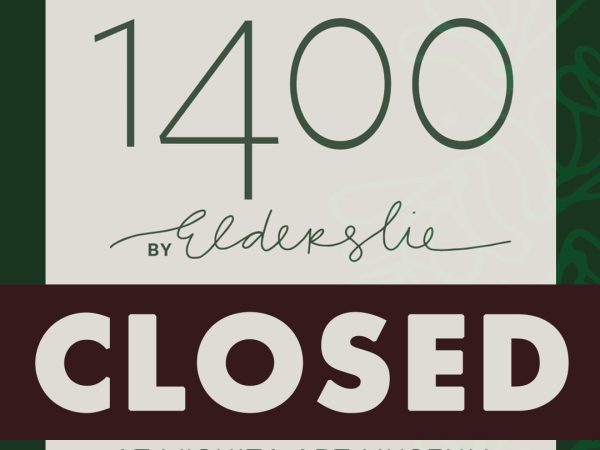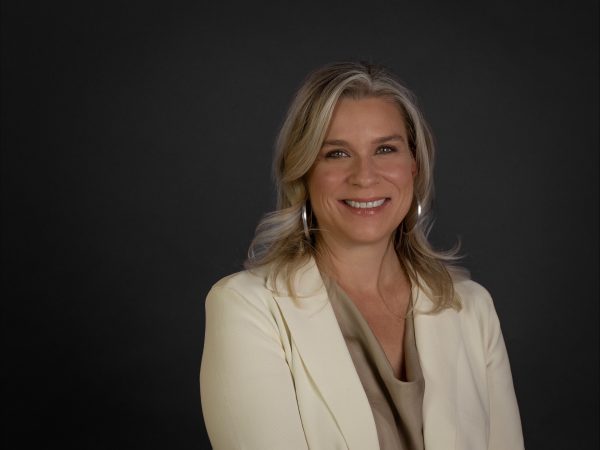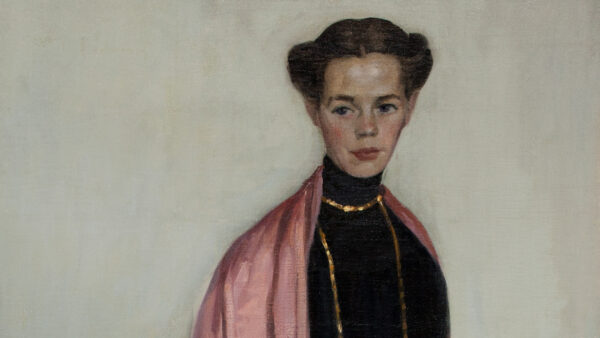
WAM to stage retrospective exhibition of international, modernist artist with Kansas ties
August 12, 2021
News Releases
Exhibition Opens Saturday, September 25
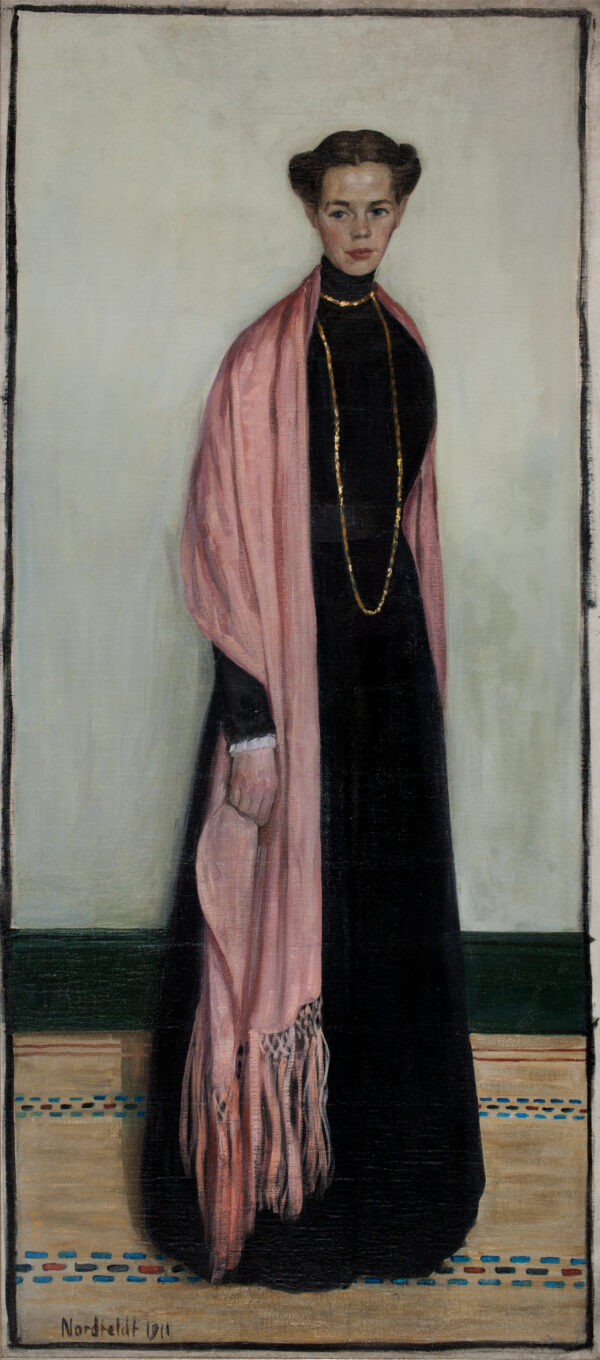
B.J.O. Nordfeldt, Portrait of Clara, 1911. Oil on canvas, 71 5/8 × 32 3/16 inches. Weisman Art Museum, University of Minnesota, Minneapolis. Gift of Mr. and Mrs. John P. Gaardsmoe, Jr.
Bror Julius Olsson Nordfeldt (1878–1955) was a modernist of international reputation. The exhibition and accompanying publication, B.J.O. Nordfeldt: American Internationalist, is the first scholarly project on the artist in decades and includes fresh new archival research and major loans. No less than the Metropolitan Museum of Art in New York staged Nordfeldt’s Memorial Exhibition in 1956. During his lifetime, museums including the Whitney Museum of American Art and Metropolitan in New York, the Art Institute of Chicago, and Corcoran Gallery of Art in Washington, DC, presented his one-person exhibitions.
Born in Sweden, he moved with his family to the United States at the age of 14. He trained at the Art Institute of Chicago as well as the Académie Julian in Paris. He first lived in the artist colony in Provincetown in the teens. He lived in Santa Fe from 1919 to 1937 and established himself from that outpost as a major modern figure. Nordfeldt spent the last chapter of his life in rural New Jersey, near New York City and adjacent to and involved in the artist colony of New Hope, Pennsylvania.
Nordfeldt’s Kansas connection strengthened through painter and banker Ed Davison, whose father founded Commercial Bank in Wichita. Davison summered often in Taos, and he befriended many notable artists in the art colonies of Taos and Santa Fe. Nordfeldt made extended visits to the Riverside home of Davison and his wife, Faye. In fact, Nordfeldt was already a friend of Lindsborg artist and fellow Swede Sven Birger Sandzen. The pair first crossed paths with Chicago’s Swedish-American exhibitions in the early teens. With this anchor for Nordfeldt in Wichita, it is important to bring his retrospective to Kansas.
Nordfeldt firmly embraced the fiercely independent spirit of modernism, and he continued to explore different subject and styles to remain fresh and authentic across his career.
“Modern artists were mavericks by definition. Many lived outside cities where the avant-garde art world centered activities, including BJO Nordfeldt,” said early American modern scholar and Wichita Art Museum director Dr. Patricia McDonnell. “The current project should regain the strong following for this exceptional artist, a pioneer with an uncanny ability for fresh invention of high caliber.”
“Nordfeldt remains one of the least examined American painters of the late 19th and early 20th centuries. He worked in a vein that can be presented as realism and expressionism. He deserves continued appreciation and study,” asserted the exhibition curator, Dr. Gabriel Weisberg, Emeritus Professor of Art History, University of Minnesota.
The first scholarly assessment in decades and retrospective of the artist is organized by the Frederick R. Weisman Art Museum at the University of Minnesota in Minneapolis. WAM will open the show this fall with Exhibition Opening Day scheduled for Saturday, September 25, 2021. The exhibition closes Sunday, January 16, 2022.
Dr. McDonnell is available for media interviews. Call Teresa Veazey, public relations manager, at 316-268-4985 or email pr@wam.org. COVID-19 protocols remain in place at the museum, such as requiring facial masks for visitors, including those who have been vaccinated for the virus, and maintaining social distance between visitors who are not from the same household.
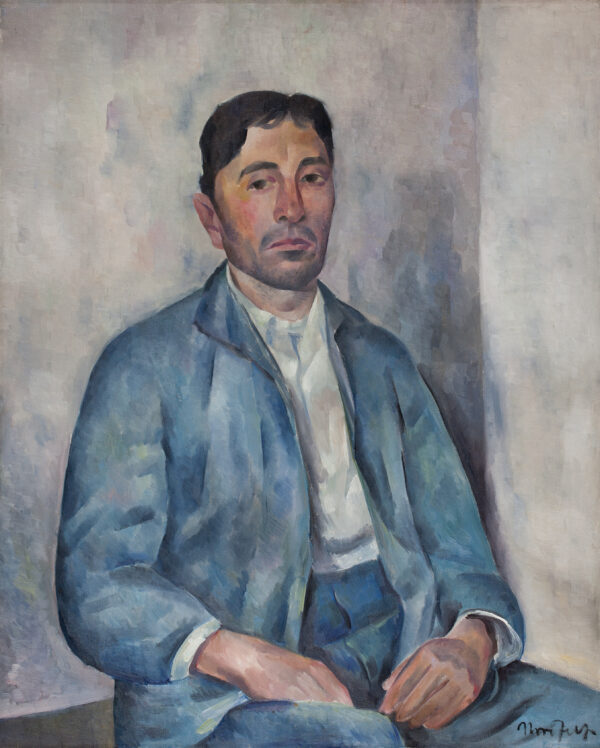
B.J.O. Nordfeldt, Seated New Mexican with Light Blue Coat, about 1928. Oil on canvas, 36 x 29 1/4 inches. Weisman Art Museum, University of Minnesota, Minneapolis. Gift of Emily Abbott Nordfeldt
